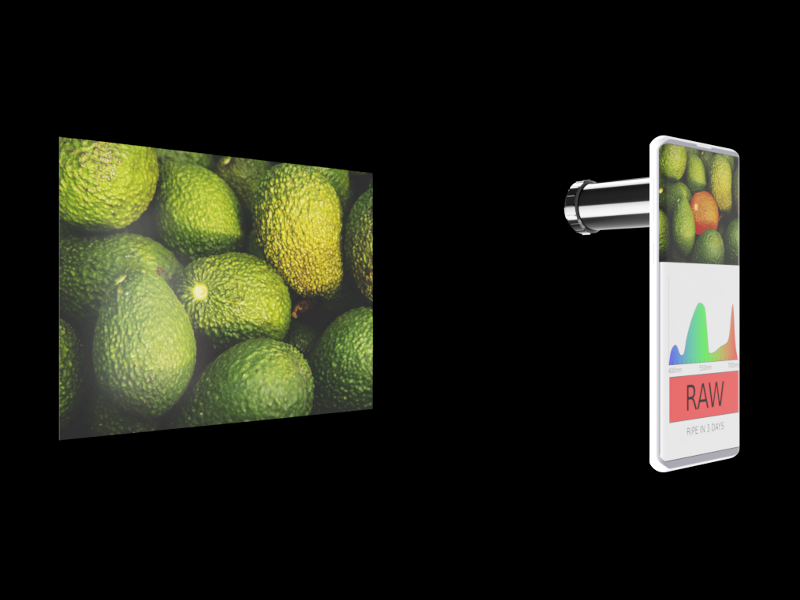Computer vision identifies ripe fruit and counterfeit drugs

When would this avocado be suitably ripe for making guacamole? Is the drug I bought on my travels to far-off places the real thing or a fake? How big an apple crop are we getting this year?
Soon, answers to questions like these will be easily obtained, as computer vision technology developed by researchers will be made available to consumers at a reasonable price. Mikko Toivonen and Chang Rajani, doctoral students in computer science at the University of Helsinki, together with Assistant Professor Arto Klami, have designed algorithms that can convert photos taken with a phone into extremely accurate hyperspectral images.
Hyperspectral images interpret the wavelengths of light more accurately than regular photos, revealing things unseen to the naked eye in the object photographed. However, the devices currently available are specialist equipment, with prices starting from several thousand euros. The less expensive technology developed by the University of Helsinki researchers could bring the solution to regular consumers.
The high cost of previous devices is partly because they produce hyperspectral images independently from start to finish. In the researchers’ version, images are converted from regular photographs taken with a smartphone equipped with a peripheral device, and the heavy lifting, or developing the hyperspectral images, is carried out by computer vision algorithms in a cloud service.
The invention is patent pending and next year begins the search for investors. For more information, please see the article on the University of Helsinki website and visit the University of Helsinki / Helsinki Innovation Services (HIS) stand at Slush in Helsinki on 21-22 November 2019.